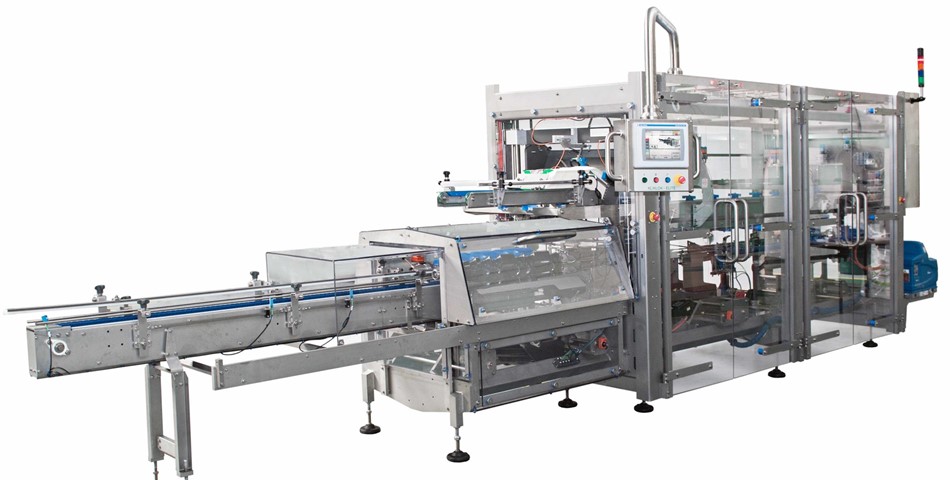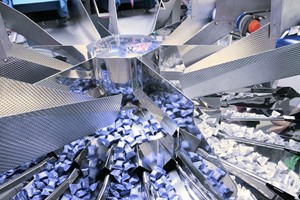For liquid foods, such as chilled prepared soups, yogurts, savory dips, ice cream tubs and desserts, ‘wrap-around’ sleeving – where products are packed into plastic tubs and then into a cardboard sleeve – is becoming more and more popular as a cartoning method. This is due to its ability to improve a manufacturer’s sustainable credentials through the decreased use of packaging materials. As an example, the wrap-around concept uses less board than a traditional endload carton solution. Sustainability has long been a buzzword wherever manufacturing is concerned, therefore any measure that can be taken to effect improvements is seen as a clear positive. The savings that can be realized as a result of reduced material usage is also highly desirable.
This surge in popularity for wrap-around packaging has led to equipment suppliers delving deeper into R&D in order to better fulfill the needs of their customers. As a result, advanced systems are now available on the market that have been optimized to provide maximum productivity, reliability and efficiency gains. Wrap-around systems have been engineered with a strong emphasis on design, build and functionality in order to accommodate the wide variety of products in today’s prepared foods industry – driven by increased consumer demand for choice.
The design and construction of systems built entirely for purpose means that areas such as product changeovers and intuitive HMI controls can add real value on the production line – saving operator time that can be spent concentrating on other tasks. Man hours can be underestimated in terms of total cost of ownership (TCO), so it is important to factor these into the equation when considering capital investments in cartoning equipment. Wrap-around systems can provide center or on-edge closure, so as to maintain a complete uninterrupted panel for graphics on the base of the pack. A wide variety of sleeves – from full wrap to “watchstrap” – can be handled, plus the ability to provide an outside glue panel, allowing the sleeved tray to be displayed upright in a chill cabinet for instant “shelf ready” consumer viewing.
Hygienic design is also a key consideration, particularly in the food sector, as harsh wash downs can be required as part of HACCP or HARPC regulations. A thorough audit may be carried out in advance to determine whether the products you are producing will require a system that is certified to IP65 ingress protection levels. Systems are available that have been built around a robust stainless-steel mainframe, with external drives and of a cantilevered construction for ease of access for cleaning. This also provides excellent visual and physical access to the product throughout the machine operation.
Finally, when considering a wrap-around cartoning system, it is important to work with an expert supplier that has a solid reputation for longevity, reliability and efficiency. As an example, pneumatic machines tend to use more energy and have a tendency to ‘run out of puff’. Today, more efficient servo driven machines give an extra level of security against unscheduled downtime, at the same time saving energy and that all important extra profit to add to your bottom line.
As the popularity for sleeving continues to rise, suppliers anticipating this growth are constantly improving and developing their ranges of wrap-around cartoning equipment to cater for the demands of the market.
Bosch Packaging














